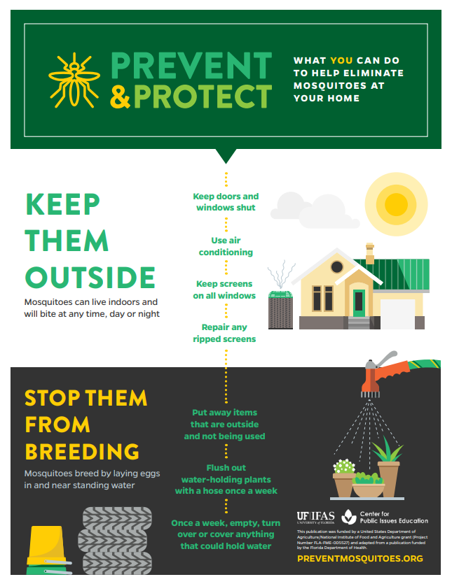Common Mosquitoes in the Southeast
There are over 80 species of mosquitoes (13 known genera: Aedes, Anopheles, Coquillettidia, Culex, Culiseta, Deinocerites, Mansonia, Ochlerotatus, Orthopodomyia, Psorophora, Toxorhynchites, Uranotaenia and Wyeomyia) living in the Southeast region with a wide range in habitat preference. Below you can learn more about the medical relevance of each of these mosquitoes. Locally transmittable pathogens are bolded.
Aedes
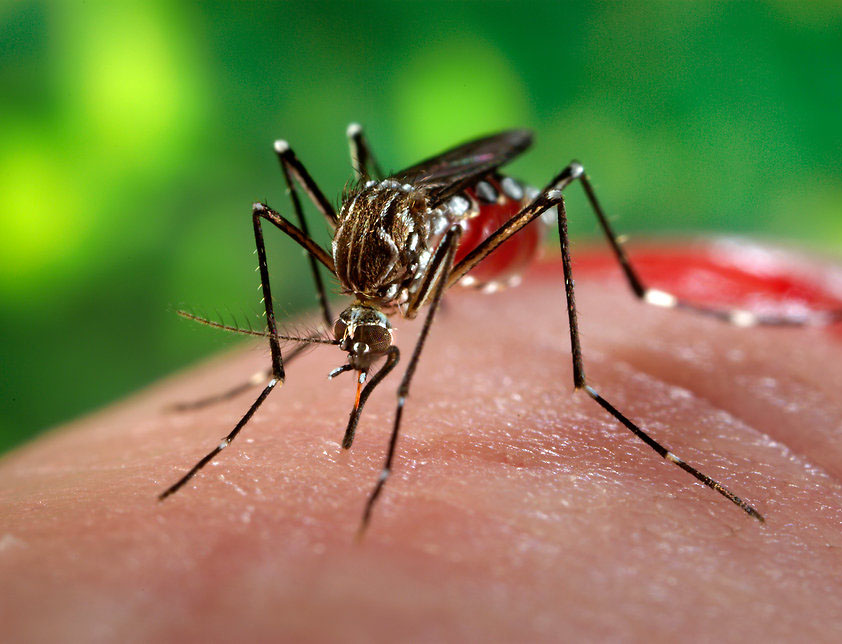
Anopheles
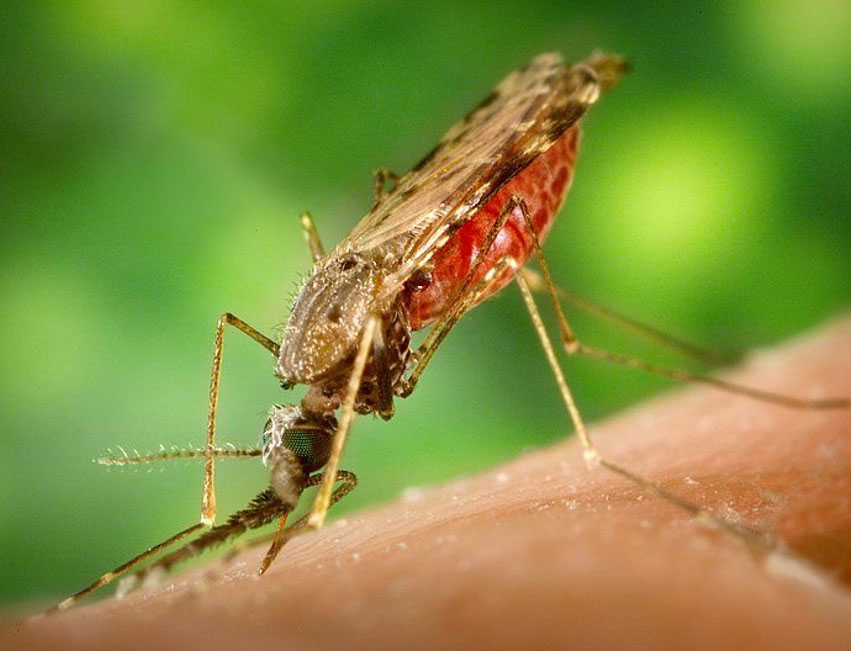
Coquillettidia
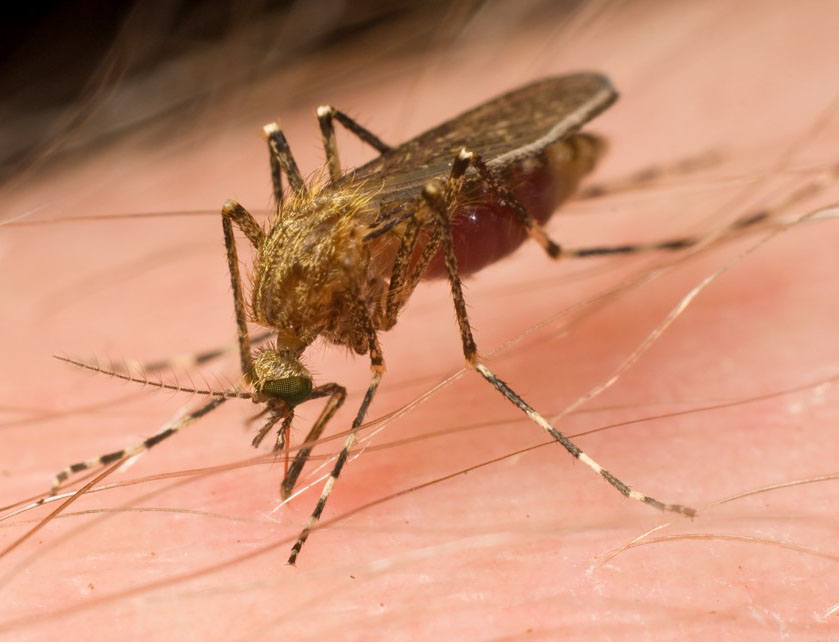
Known Vector Of
Known Vector Of
Culex
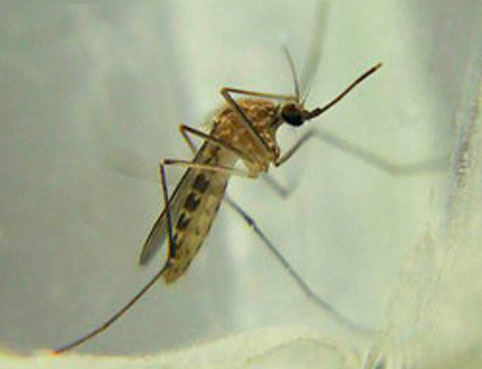
Mansonia
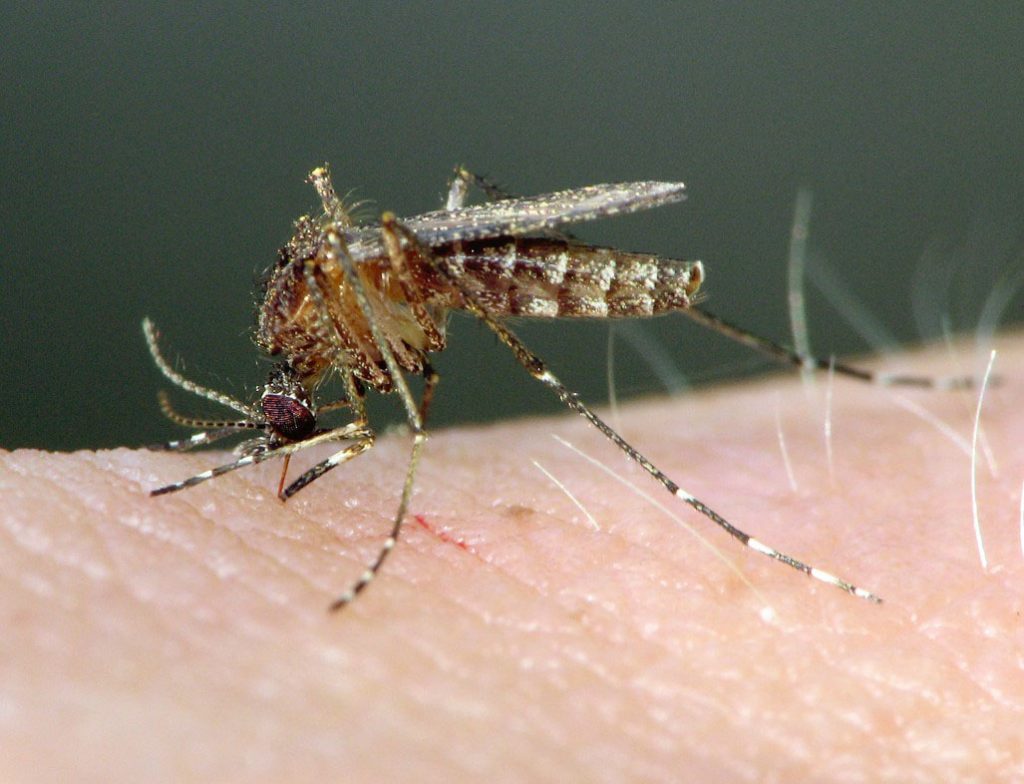
Ochlerotatus
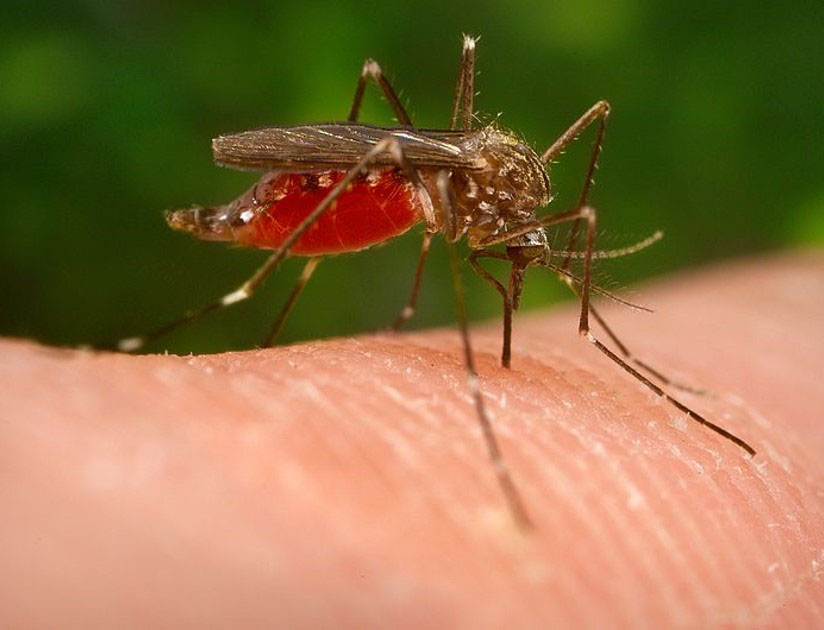
Known Vector Of
Culiseta
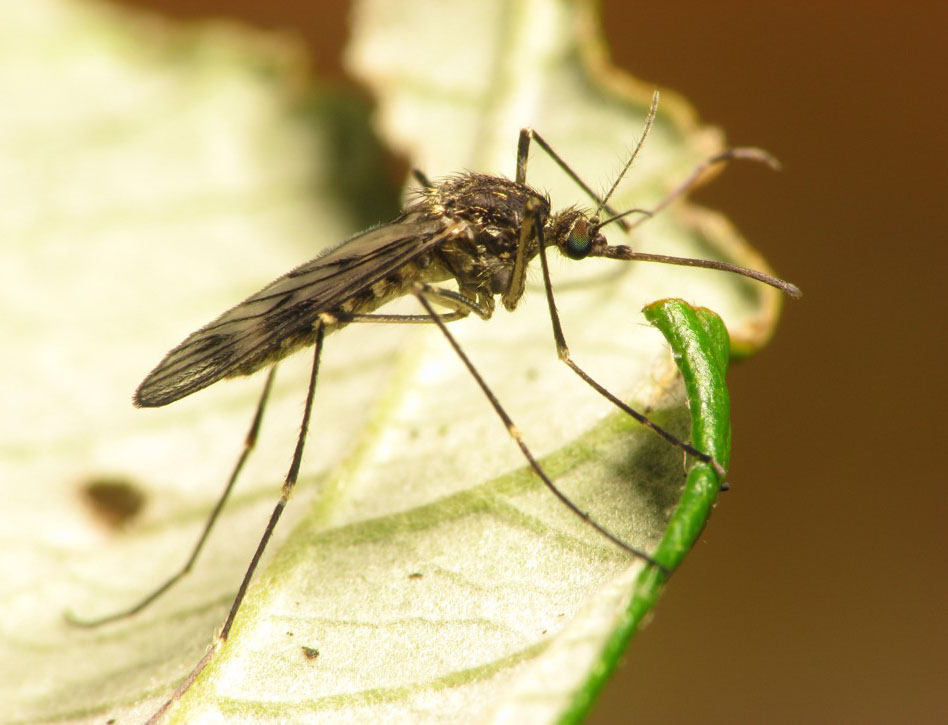
Psorophora
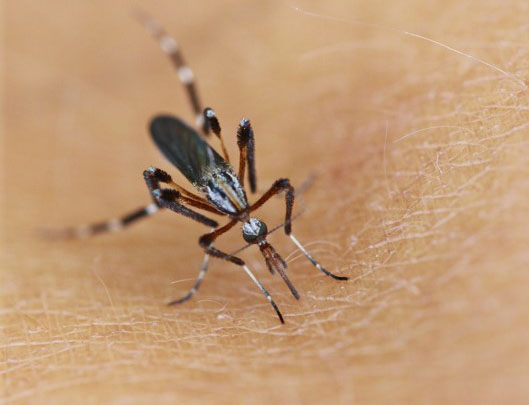
Wyeomyia
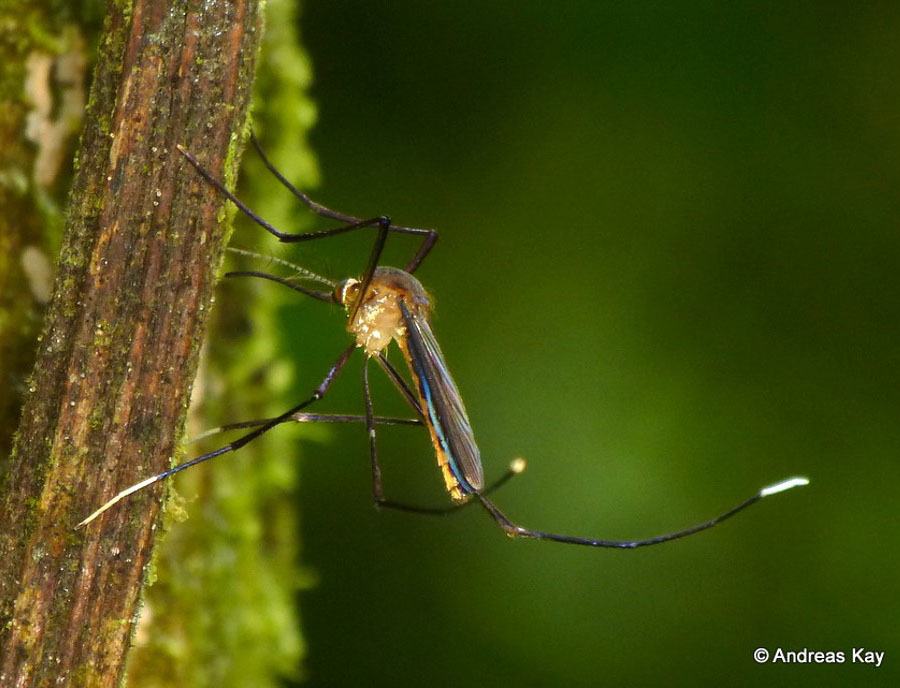
Tested Positive For
Tested Positive For
Mosquito Life Cycle
Mosquitoes go through a four-stage life cycle: Egg, Larva, Pupa, and Adult.
After a female has fed (usually on blood), she lays eggs. Depending on the species, eggs can be laid directly on water, on the surface of an object containing water, or in a flood-prone area. Eggs hatch into mobile, microorganism-feeding larvae. Larvae then develop into non-feeding pupae. Pupae develop into flying male and female adult mosquitoes. Blood-feeding adult female mosquitoes can transmit pathogens that can cause diseases such as West Nile and Zika in humans. This entire process, from egg hatching to adult development, can take anywhere from 1-3 weeks.
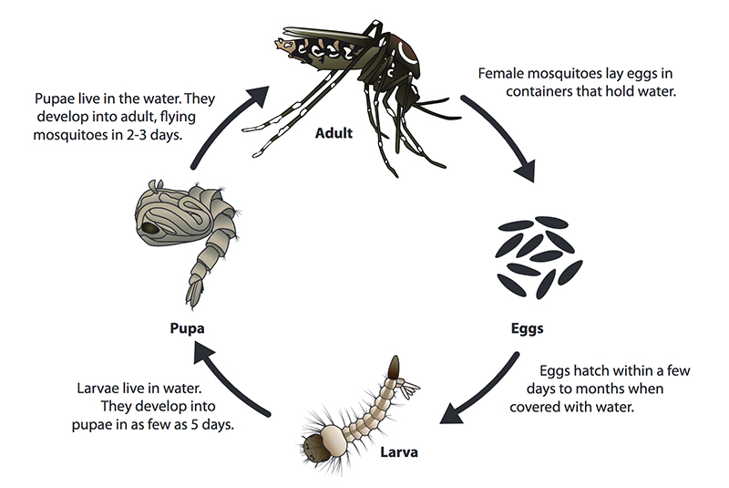
Photo: Knox County Health Department
Prevent and Protect
The image to the left is a component of Prevent & Protect: Mosquito Control Messages for Your Community, where you can also access school lesson plans on mosquitoes and a mosquito control communications campaign.
